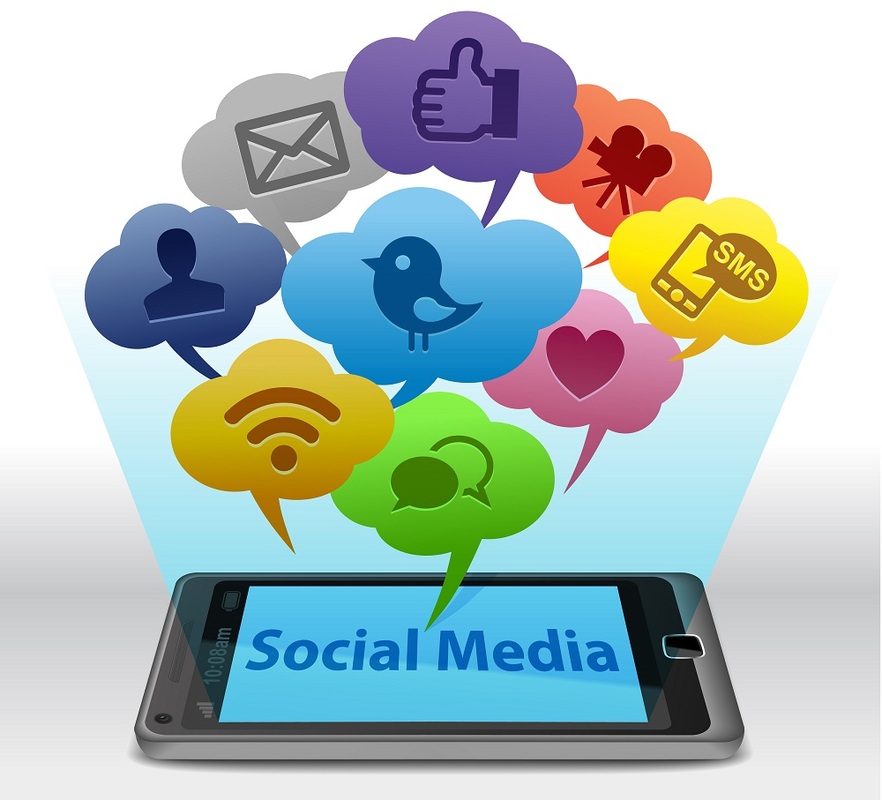If you have run out of ideas of creative ways in which to use your company logo, it can be good to remember that sometimes simple is better. After all, images do speak louder than words. Perhaps it’s time to turn to a little guerrilla marketing for some innovative and inspiring uses for your logo.
Here are a few ideas for unique ways to use your company logo:
As part of graffiti art. Perhaps you are seeking something eye-catching, and you happen to have large amounts of space on your building where you would like to market. Hire a graffiti artist to incorporate your logo into an art piece (as per local signage laws) that fits your brand.
Sponsorship on public transportation. Some cities with modern light rail systems sell sponsorships to put your company logo on the rail cars. The same can be true in other cities with street cars. What better place to publicize your company logo?
On company vehicles. There’s no better place to display your logo and brand than your own company vehicle. For a relatively low cost, you can have wrap-around professional graphics installed on your vehicle fleet. If you want to get creative, partner with other companies who have vehicles (such as radio stations) to create co-branded graphics.
Bottom of the glass. A branded pint glass adorning your company logo is always a great way to reach potential customers while they are unwinding at local pubs. Now, promotional companies will even print your logo at the very bottom of the glass.
Creative door handles. There’s no better (or obvious) way to get someone’s attention easily than when they reach for a door handle to enter a building. Incorporate your logo into the handle of the door with marketing graphics [like this http://www.flickr.com/photos/inagorillacostume/5742886352/].






 RSS Feed
RSS Feed
